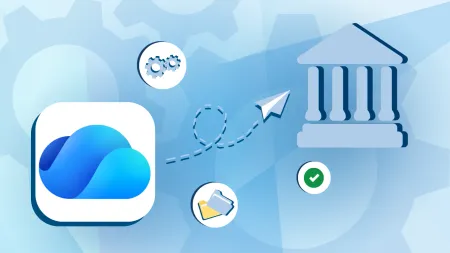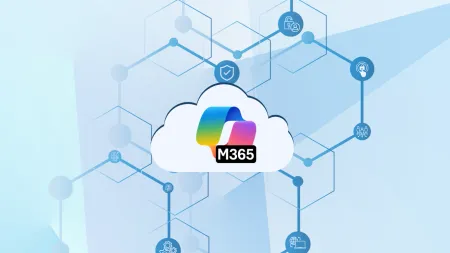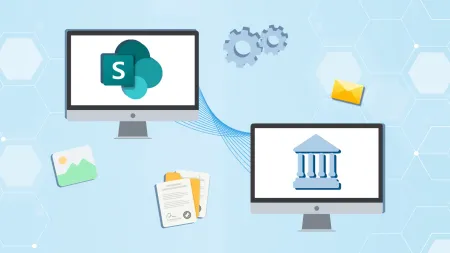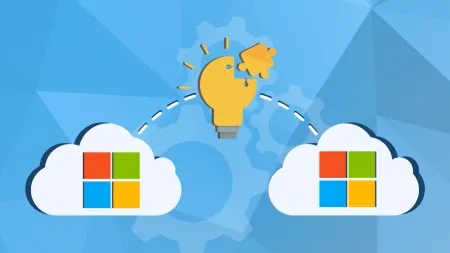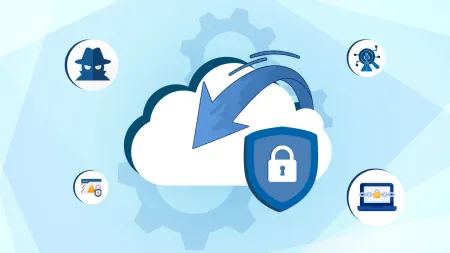Common Questions About Azure Migration Answered
Get answers to the most common Azure migration questions. Learn about costs, best practices, security, compliance, and troubleshooting cloud migration challenges.
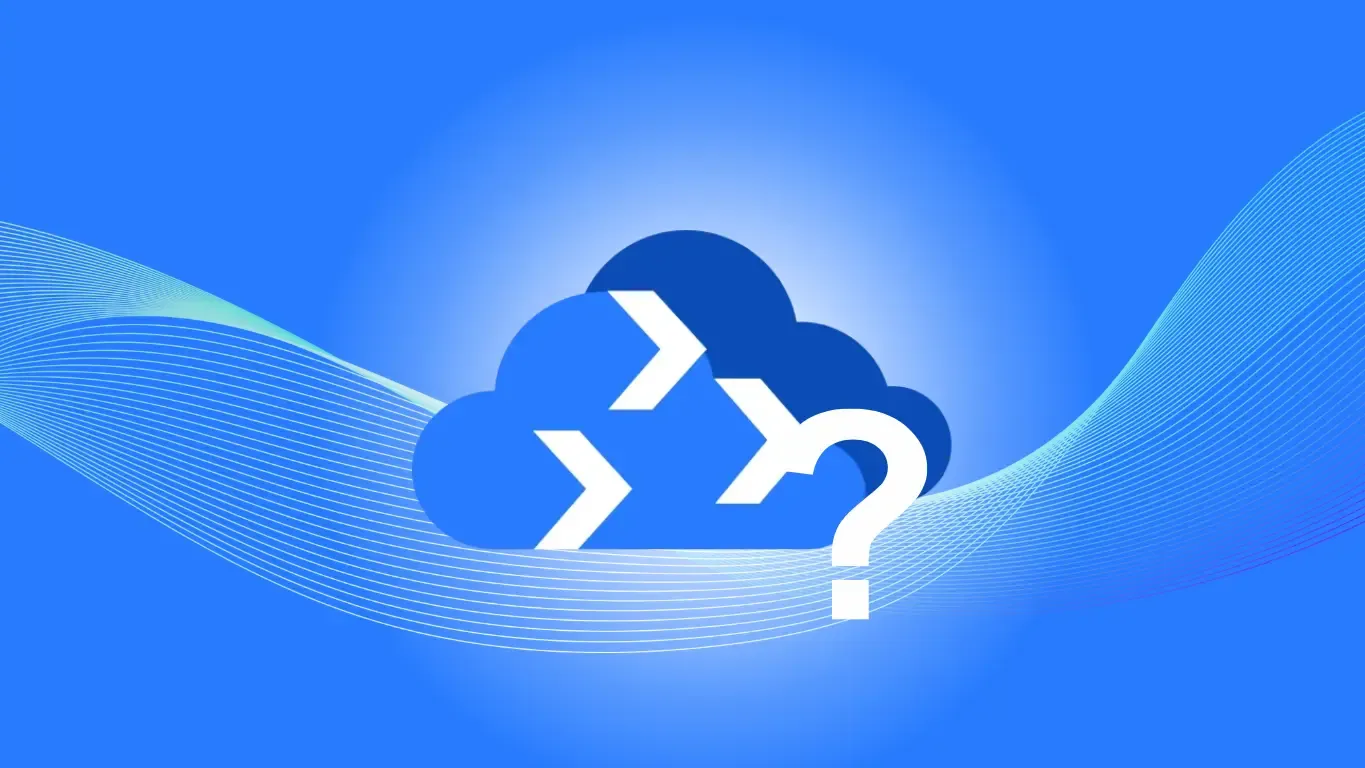
It is completely natural and understandable that many businesses have serious questions about the costs, security, and virtues of Azure migration as they approach this possibility. To enter an Azure migration project with confidence, it is necessary for those business leaders to have their questions answered. In fact, they deserve to know what the process will look like before, during, and after migration. Let’s take a quick look at what can be expected during each of those stages and then jump into some frequently asked questions.
Before Azure Migration
There are certain steps that business leaders can take before the Azure migration process kicks off in earnest. Critical among those steps include the following:
- Determine Your Objectives – Understand what you seek to accomplish as a business by bringing Azure into the mix in the first place. Have a detailed set of objectives that you are interested in reaching that you can refer back to.
- Select a Strategy for Migration – Establish a set strategy for how you will go about migrating into Azure so that you have a roadmap for how this will all work.
During Azure Migration
A couple of quick things that you can do during the Azure migration process to make it as smooth as possible include:
-
Test it Out with a Pilot – There is no reason to unleash Azure all at once upon your entire system. Instead, test it out in a controlled and small environment where you can regain control over your system rapidly if something goes wrong.
-
Monitor Progress in Real Time – Examine how the migration process is going in real-time and see how the workforce and the various systems they use respond to Azure.
After Azure Migration
Finally, after you have completed the Azure migration process and have your employees working on their various projects within this system, you need to check that it continues to be the kind of solution that you desire. Make sure you do the following:
-
Optimize the System – Just because your Azure system is in place does not mean that your work is completely done. It is still your responsibility to ensure that you have optimized your system for the specific needs that your particular business has.
-
Strengthen the Security – Cyber criminals are always on the hunt for vulnerabilities, and you don’t want to hand them the keys to all of your valuable information. You ought to focus on strengthening the security around your systems whenever possible.
Frequently Asked Questions
Why Should a Business Migrate to Azure?
Why bother with the process of migrating to Azure in the first place when you know for a fact that it will cause you to have to perform extra work to get it done? There are actually plenty of upsides to moving to this system. First of all, it is highly cost effective as you only pay for what your business truly consumes. It is set up on a pay-as-you-go system, so you aren't throwing extra money at a system that is providing results for you.
Additionally, the Azure system is highly secure, and Microsoft spends approximately $1 billion per year on security for its cloud services. Therefore, they are always upgrading and keeping things flowing as safely and securely as possible for all of their users.
Also, Azure has all of the AI integration tools that you might want for today's business landscape. Plug those in to utilize the power of artificial intelligence for more streamlined results.
What are the Different Approaches to Azure Migration?
It is not a one-size-fits-all system when it comes to Azure migration. Different companies have discovered that different types of tactics work best for them. A few of the top techniques used include:
- Lift and Shift - Doing it this way means that one only moves the workloads that absolutely must be migrated first so as to cause as little disruption to the typical workflow as possible.
- Re-Platforming - Changing the workflows of employees to move them to different cloud platforms so as to optimize workflow.
- Re-Archiving - This method involves redesigning applications specifically for cloud-based capabilities.
You can pick and choose which approach you would like to use for your company or even create a hybrid approach that makes the most sense for your needs.
How Much Does Azure Migration Cost?
There is simply no getting away from the fact that there are costs associated with Azure migration. That said, the precise amount that you will personally have to spend to accomplish this will vary greatly depending upon what kind of equipment you already have available at your disposal. It is also true that it will vary based on the total licensing costs that you incur as a result of this change.
How Long Does Azure Migration Take?
Depending on the scale of your project, you can likely expect your Azure migration to take somewhere between a few days to several weeks. The larger your enterprise, the longer the timeframe you can expect it to take.
What are Common Challenges to Azure Migration?
Among the challenges that one might encounter with Azure migration include cost overruns, connectivity issues, and security concerns. Companies certainly don't want to spend more than absolutely necessary to accomplish this migration project. However, there are circumstances when it might be virtually impossible to avoid such an outcome.
In the event that there are unforeseen challenges with implementation, then it is possible that your migration efforts might surpass your initial budget for the project. Additionally, you could run into security concerns that you had not anticipated. Just understand that all of these obstacles are things that you might face when working on an Azure migration project.
What Tools Can Help with Azure Migration?
Use the tools at your disposal to make the Azure migration as straightforward as possible. Among those tools include the following:
Azure Migrate - Access apps, databases, and more to migrate them over quickly.
Azure Site Recovery - Bring back valuable data and information in the event that your information is lost or compromised in a security breach.
Azure Database Migration Service - Migrate SQL and noSQL databases more easily.
How Can I Ensure Security and Compliance During Migration?
It is paramount to try to keep all systems as secure and compliant with all relevant regulations as possible. All business leaders should use best practices to help tighten up the security around their technological systems. This includes using password and data encryption, multi-factor authorization, and role-based control access.
What Happens if Something Goes Wrong During Migration?
Don't panic if there is a misstep that happens during migration. This might be expected with a project of this size. That said, you can always rollback some of the migration that you have already done if a serious problem arises. You can also reach out to the Azure support team to address specific issues as they arise.
What Happens After the Migration?
After your migration process is complete you will want to test your systems to ensure that they are capable of handling the workload that you put on them. You will also want to ensure that you optimize all of the resources contained within so that your business can gain maximum value out of this project.
Are you interested in getting expert guidance to help you during the Azure migration process? If that sounds like the path that you want to take, then we want to help. Reach out and contact us to start reviewing your options for moving forward with the Azure migration process and design the perfect pathway forward for yourself.
